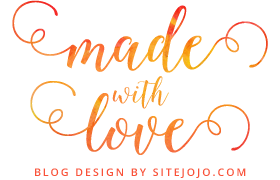Source: Guardian Pharmacy Leaflet
 Photo source
Photo source1. Tension-type Headaches
Tension-type headaches are the most common, affecting about 75% of all headache sufferers. They're caused by muscle tension in the neck, shoulders or head resulting from bad posture, social or psychological stress or fatigue.
As many as 90% of adults have had a tension-type headache. Some people get tension-type (and migraine) headaches in response to stressful events or a hectic day.
Pain is mild to moderate, constant band-like pain, pressure or throbbing and affects the front, top or sides of the head. Pain may last from 30 minutes to several days. Other symptoms include headache upon awakening, chronic fatigue, irritability, disturbed concentration, mild sensitivity to light or noise, and general muscle aching.
 Photo source
Photo source2. Rebound Headaches
Rebound headaches may occur among people with tension-type headaches as well as in those with migraines.
It appears to be the result of taking prescription or non-prescription pain relievers daily ir almost every day, contrary to directions on the package label. If prescription or non-prescription pain relievers are overused, the headache may "rebound" as the last dose wears off, leading one to take more and more pills.
 Photo source
Photo source3. Cluster Headaches
Cluster headaches are relatively rare, affecting about 1% of headache sufferers. They are distinct from migraine and tension-type headaches. Most cluster headache sufferers are male - about 85%.
Attacks occur episodically in groups (between periods of no headaches) and last for 6-8 weeks. A history of heavy smoking and drinking is common, and alcohol often triggers attacks.
 Photo source
Photo source4. Migraine Headaches
Migraine headaches are less common than tension-type headaches. As many as 6% of all men and up to 18% of all women (about 12% of the population as a whole) experience a migraine headache at some time. Roughly three out of four migraine sufferers are female.
Among the most distinguishing features is the potential disability accompanying the headache pain of a migraine. An aura - a group of tell-tale neurological symptoms sometimes occurs before the head pain begins. Typically, an aura involves a disturbance in vision that may consist of brightly colored or blinking lights in a pattern that moves across the field of vision. About one in five migraine sufferers experiences an aura.
Usually, migraine attacks are occasional, or sometimes as often as once or twice a week, but not daily.


























No comments